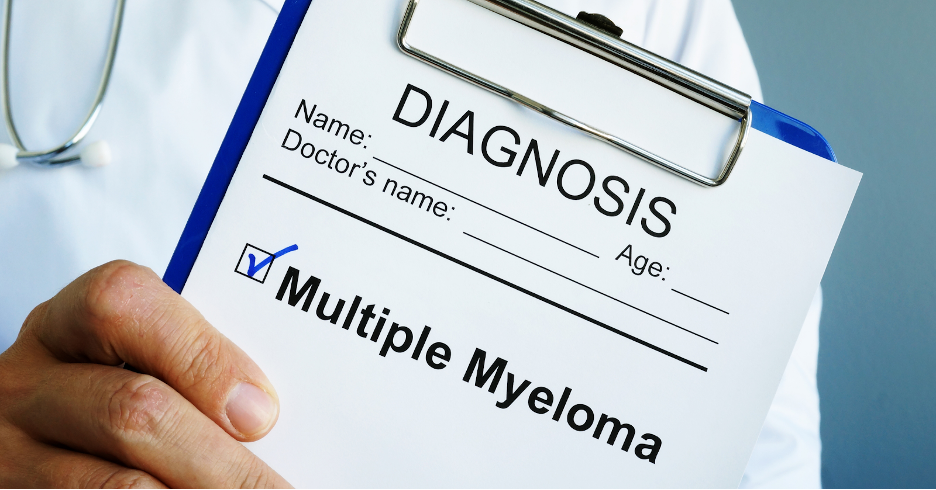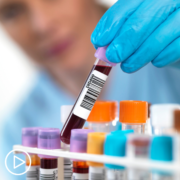A patient portal is an online application which gives patients access to personal health information stored in a health care organization’s electronic health records (EHR). If your doctor’s office offers a patient portal, consider these reasons why you should take advantage of the service.
Schedule Appointments
Use the portal to request or schedule appointments with your health care providers.
Request Refills
Giving you a convenient way to request refills should make it easier for you to keep up with refills and avoid lapses in the medication regimen. One study found that patients who use the portal to request refills of cholesterol medications took the medications more consistently and had better cholesterol levels (compared to patients who didn’t request the refills online).
View your Records
With a patient portal, you gain access to critical health information that was previously locked up in the EHR. A typical portal allows you to view your test results, medications, immunizations, and allergies. A summary of your doctor visits and educational materials may also be available. You have the right to view this information and use it to participate more fully in your health care.
Improve the Accuracy of Your Records
Keeping a list of your medications may seem like a straightforward task for a health care provider using an EHR. However, there are several reasons why your medication list may not be current and accurate, reflecting the name and dose of all the medications you are taking:
- Human error in entering the medications into the EHR
- Incomplete information at time of medication entry. For example, in your first visit to a doctor, maybe you remembered the names but not the doses of your medications.
- Over-the-counter medications are frequently overlooked
- Providers from multiple health organizations are prescribing medications for you
- You stopped taking a medication
Fortunately, some portals give you the opportunity to submit corrections to your medication list and other parts of your record. This type of feedback loop is designed to improve the quality and safety of your care. In small pilot study in the Geisinger Health System in Pennsylvania, patients used the portal to submit corrections such as:
- Add over-the-counter medications, vitamins, and supplements
- Add medications prescribed by providers outside the Geisinger system
- Remove medications they had stopped taking
- Make corrections in the frequency and doses of medications
Communicate with Healthcare Team
A patient portal allows you to exchange secure messages with your healthcare provider. Rather than wait on hold or play phone tag, you can submit a question at your convenience. The response time may depend on the triage system used by the medical office for electronic messages, the content of your message, and the frequency with which your provider checks messages. A systematic review showed that patients who communicate electronically with their health care team can enjoy improvements in the following health dimensions:
- Knowledge about their health condition
- Ability to cope with and manage chronic health issues
- Blood sugar, blood pressure, cholesterol, and weight (for patients with diabetes)
- Control of asthma and quality of life (for patients with asthma)
- Chronic back pain
- Self-esteem and empowerment
- Stress, depression, and loneliness
Note that electronic messaging isn’t appropriate in all medical situations.
When You Should (and Shouldn’t) Email Your Doctor
If you don’t already do so, you probably wish you could communicate with your doctor by email. It would align your health care experience with the rest of your increasingly digital life. Who wants to play phone tag or be put on hold when dealing with health issues?
Emailing your doctor is best done through a patient portal linked to your electronic health record (EHR). This allows your doctor to view your medical history, medications, and test results when responding to your email.
Patient-doctor email will likely increase as patient portals become more widespread and federal incentives for email are rolled out. Someday, emailing your doctor may become part of standard medical care.
However, email is not suitable for all health-related situations. Just as there are rules of etiquette for work-related emails, there are a few guidelines for emailing with your doctor. This article will outline a few scenarios where it is appropriate and not appropriate to email your doctor.
Email your Doctor if . . .
You have a straightforward question which can be answered in one or two exchanges.
You can save yourself an office visit by taking care of the issue by email. For example, if you just need a refill of a medication you have been taking for a long time, and you’re otherwise doing well, then an email may save you and the doctor some time. Depending on the nature of the request, the doctor may forward the message to another member of the medical team or office staff. Some offices designate a nurse or assistant to screen all the messages and assign them to the appropriate recipient.
Note that the email exchange may not be free, because doctors can bill for the time they spend responding to your email.
You have been waiting longer than expected to hear about test results or other pending issues. Doctors can easily get bogged down with their responsibilities. A timely reminder from you is helpful.
You forgot or needed some clarification of what your doctor said during a recent visit. It can be tough to remember or process everything that you and your doctor discussed. Sometimes it’s best to tie up the loose ends by email.
You can supply information that your doctor requested, such as home blood pressure readings, or results of a test you had at another health care facility.
Don’t Email Your Doctor if . . .
You are reporting sudden or severe symptoms which could indicate a medical emergency. You may not get an immediate response, and your condition could deteriorate as you wait for a reply. Email in a medical setting is only appropriate for non-emergencies.
You want to discuss a complex issue that would require a lengthy back-and-forth discussion. These issues are best discussed on the phone or in person.
You want to discuss an emotionally-sensitive topic which can’t fully be addressed by email. Facial expressions and body language are important in communication. Sometimes an old-fashioned office visit is best.
You are unsure of the security of the email transmission. Patient portals are designed to be secure. But if you’re emailing your doctor at “Doctor@mail.com”, the message could be intercepted.
Once your email becomes a part of your medical record, other people who have legitimate access to your record may see it.
John M. Caviness is a successful marketing manager at the service where you can ask to “write my paper”. This job gives him an opportunity to express his opinion and thoughts on different topics including web development.



















